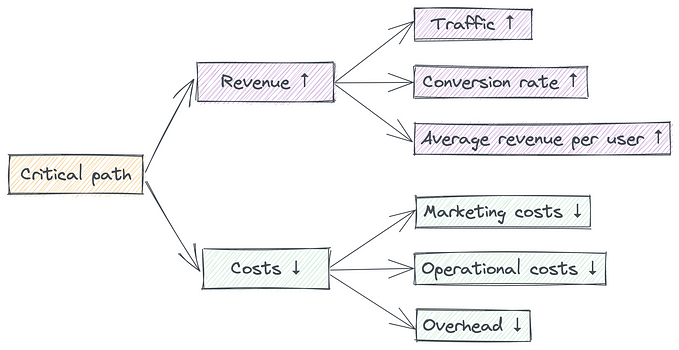
Data Analytics: 10 Definitions
“Business Intelligence procedures and techniques for exploration and analysis of data to discover and identify meaningful information and trends.” (DAMA International, “The DAMA Dictionary of Data Management”, 2011)
“A data-driven process that creates insight. These processes incorporate a wide variety of techniques and may include manual analysis, reporting, predictive models, time-series models, or optimization models.” (Evan Stubbs, “Delivering Business Analytics: Practical Guidelines for Best Practice”, 2013)
“A suite of technical solutions that uses mathematical and statistical methods. The solutions are applied to data to generate insight to help organizations understand historical business performance as well as forecast and plan for future decisions.” (Jim Davis & Aiman Zeid, “Business Transformation”, 2014)
“A broad term that includes quantitative analysis of data and building quantitative models. Analytics is the science of analysis and discovery. Analysis may process data from a data warehouse, may result in building model-driven DSS, or may occur in a special study using statistical or data mining software. In general, analytics refers to quantitative analysis and manipulation of data.” (Daniel J Power & Ciara Heavin, “Decision Support, Analytics, and Business Intelligence” 3rd Ed., 2017)
“Involves drawing insights from the data including big data. Analytics uses simple to advanced tools depending upon the objectives. Analytics may involve visual display of data (charts and graphs), descriptive statistics, making predictions, forecasting future outcomes, or optimizing business processes.” (Amar Sahay, “Business Analytics” Vol. I, 2018)
“Discovery, interpretation, and communication of meaningful patterns in data; and the process of applying those patterns towards effective decision making.” (Francisco S Gutierres & Pedro M Gome, “The Integrated Tourism Analysis Platform (ITAP) for Tourism Destination Management”, 2021)
“Data Analytics describes the end-to-end process by which data is cleaned, inspected and modeled. The objective is to discover useful and actionable information that supports decision-making.” (Accenture)
“Data analytics enables organizations to analyze all their data (real-time, historical, unstructured, structured, qualitative) to identify patterns and generate insights to inform and, in some cases, automate decisions, connecting intelligence and action.” (Tibco)
“Data analytics is the pursuit of extracting meaning from raw data using specialized computer systems. These systems transform, organize, and model the data to draw conclusions and identify patterns.” (Informatica)
“Data analytics refers to the use of processes and technology to combine and examine datasets, identify meaningful patterns, correlations, and trends in them, and most importantly, extract valuable insights.” (Qlik)
More definitions on “Data Analytics” at sql-troubles.blogspot.com.






